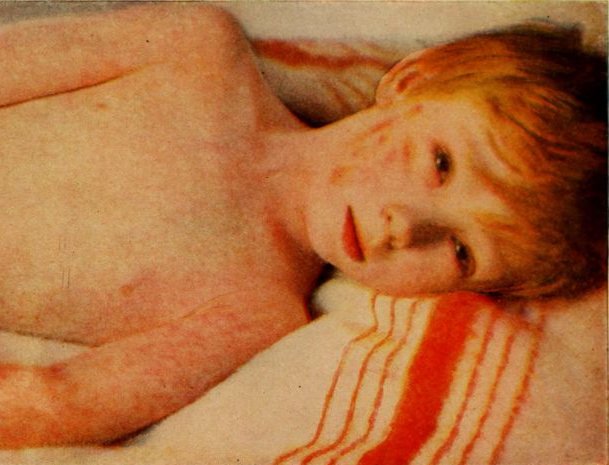-
 chevron_right
chevron_right
Chicago battles measles with calls for vaccination—in contrast with Florida
news.movim.eu / ArsTechnica · Tuesday, 12 March - 21:49

Enlarge / A brightly colored transmission microscope image of measles viruses. (credit: Getty | BSIP )
A team of health experts from the Centers for Disease Control and Prevention arrived in Chicago Tuesday to help respond to a flare-up of measles cases at a migrant shelter in the city's Pilsen neighborhood, according to CNN .
So far, there have been four cases identified at the Halsted Street shelter: two young children, one recovered and one hospitalized in good condition as of March 10; and according to an announcement on Monday, March 11 , two adults who were reported in good condition.
The four cases come just days after the city's health department announced a measles case in a Chicago resident with no recent travel outside of the city and no reported connection with the shelter. The case, announced on March 7 , was the first measles case identified in the city since 2019, officials noted. It remains unclear how that resident contracted the highly infectious virus, though the health department noted that the person had been in contact with domestic and international travelers. The person was said to be recovering well at home, and their infectious period ended on March 6.









